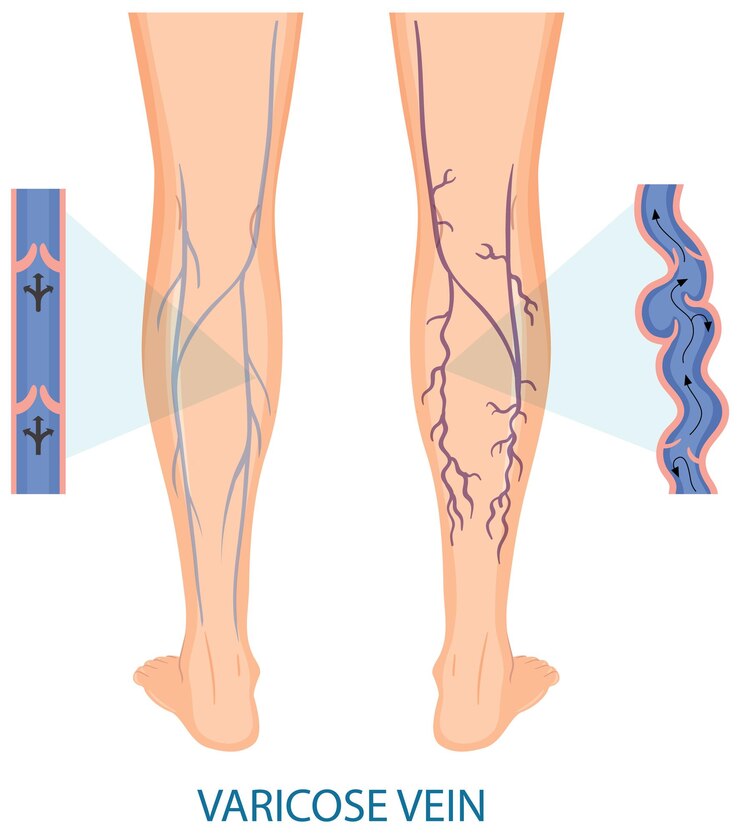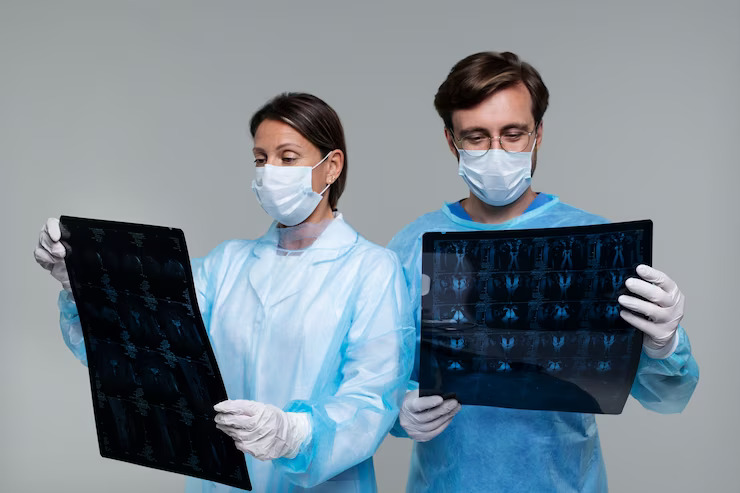Emerging Therapies And Innovations In Diabetic Foot Care
Diabetic foot complications, including ulcers, infections, and neuropathy, pose significant challenges for individuals living with diabetes. Effective management of diabetic foot care is crucial to prevent debilitating complications and improve patients’ quality of life. In recent years, advancements in therapies and technologies have revolutionized diabetic foot care, offering new approaches to wound healing, infection management, and preventive strategies. This article explores the latest innovations in diabetic foot care, highlighting emerging therapies and technologies that are shaping the future of treatment.
Advanced Wound Healing Therapies
Traditional wound care approaches for diabetic foot ulcers often involve debridement, offloading, and dressings. However, emerging therapies are revolutionizing wound healing by harnessing the body’s natural regenerative processes. Advanced wound healing modalities such as bioengineered skin substitutes, growth factors, and cellular therapies promote tissue regeneration and accelerate wound closure. These innovative therapies offer promising results in facilitating the healing of chronic diabetic foot ulcers, reducing the risk of complications and amputations.
Negative Pressure Wound Therapy (NPWT)
Negative pressure wound therapy (NPWT) is a non-invasive technique that promotes wound healing by applying controlled suction to the wound bed. NPWT enhances blood flow, removes excess fluid, and stimulates tissue growth, creating an optimal environment for wound healing. Recent advancements in NPWT technology have led to the development of portable and wearable devices, allowing patients to receive continuous therapy while maintaining mobility and independence. NPWT is increasingly used in the management of diabetic foot ulcers, resulting in faster healing times and improved outcomes.
Smart Dressings and Biomaterials
Innovations in biomaterials and smart dressings have transformed wound care by incorporating advanced functionalities such as antimicrobial properties, moisture control, and bioactive components. Smart dressings equipped with sensors and indicators monitor wound status, detect infections, and deliver therapeutic agents directly to the wound site. Biomaterials engineered to mimic the extracellular matrix promote tissue regeneration and provide a scaffold for cell growth. These cutting-edge materials enhance the efficacy of traditional dressings and promote faster healing of diabetic foot ulcers.
Antibiotic Stewardship and Targeted Therapies
Antibiotic resistance poses a significant challenge in the management of diabetic foot infections, necessitating a shift towards antibiotic stewardship and targeted therapies. Emerging approaches such as bacteriophage therapy, antimicrobial peptides, and biofilm disruptors offer alternatives to conventional antibiotics for treating multidrug-resistant infections. Targeted therapies specifically tailored to the microbial profile of diabetic foot infections improve efficacy while minimizing the risk of antibiotic resistance and adverse effects. By targeting pathogens more selectively, these innovative therapies enhance the management of diabetic foot infections and reduce the reliance on broad-spectrum antibiotics.
Telemedicine and Remote Monitoring
Telemedicine and remote monitoring technologies have emerged as invaluable tools in diabetic foot care, especially in remote or underserved areas. Teleconsultations enable patients to receive timely evaluation and management of foot problems without the need for in-person visits. Remote monitoring devices, such as smart insoles and wearable sensors, track gait dynamics, pressure distribution, and temperature changes in the feet, allowing for early detection of diabetic foot complications. These technologies facilitate proactive interventions and personalized care plans, ultimately reducing the risk of ulceration and amputation in patients with diabetes.
Patient Education and Self-Management Tools
Empowering patients with knowledge and self-management tools is essential for preventing diabetic foot complications and promoting foot health. Innovative educational resources, mobile applications, and interactive platforms provide patients with information on foot care, self-examination techniques, and preventive measures. These tools encourage adherence to foot care regimens, regular monitoring of foot health, and early recognition of warning signs. By engaging patients in their care and promoting self-efficacy, these innovative approaches enhance patient outcomes and reduce the burden of diabetic foot complications.
Multidisciplinary Care Models
Effective management of diabetic foot complications requires a multidisciplinary approach involving collaboration among podiatrists, endocrinologists, wound care specialists, vascular surgeons, and infectious disease experts. Multidisciplinary care models facilitate comprehensive assessment, individualized treatment planning, and coordinated interventions tailored to each patient’s needs. By addressing the complex interplay of factors contributing to diabetic foot complications, multidisciplinary teams optimize outcomes and improve long-term prognosis for individuals with diabetes.
Conclusion
In conclusion, emerging therapies and innovations are revolutionizing diabetic foot care, offering new hope for individuals living with diabetes. From advanced wound healing modalities and smart dressings to telemedicine, remote monitoring, and patient education tools, these advancements are transforming the management of diabetic foot complications. Driven by a commitment to improving patient outcomes and reducing the burden of diabetic foot ulcers and amputations, researchers, clinicians, and industry partners continue to push the boundaries of innovation in diabetic foot care. By embracing these innovative approaches and adopting a holistic, multidisciplinary approach to care, healthcare providers can empower patients, prevent complications, and enhance the quality of life for individuals with diabetes.







